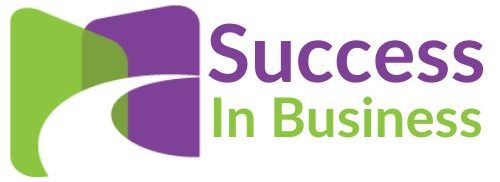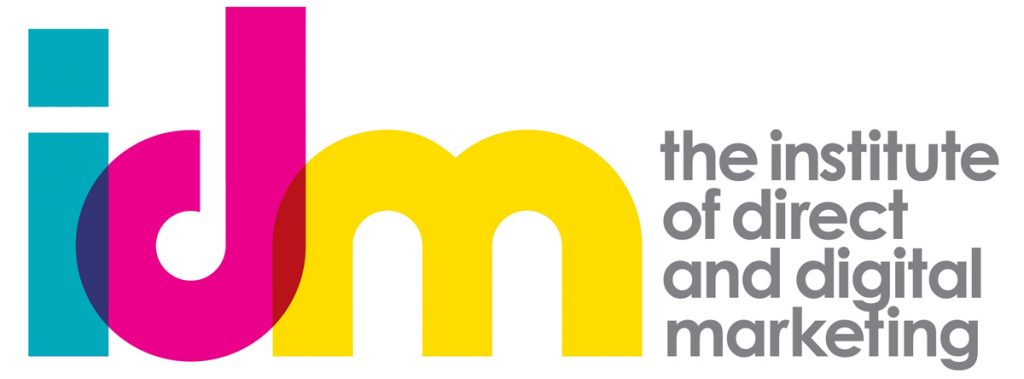If you are client-centric, this question may feel irrelevant or even shocking. However, most customers are not supplier-centric. They are running a business to maximize profits, although there are exceptions to every rule. But even these exceptions, such as Fair Trade products, are primarily used for commercial advantage.
What are your power relationships with your clients?
In a previous blog post, I talked about the Kraljic Matrix. Some of the thinking behind this is that there are three client-supplier relationships: supplier dominance, balanced dominance, and client dominance.
When you combine this with the two dimensions of the Kraljic Matrix you get the strategies that clients are drawn to following. This will be part of a formal procurement approach if you deal with larger clients.
However, smaller companies may follow the same logic even if this is something other than what they plan at the start of the year.
The Power of Strategic Relationships
The supplier has the power – This could be because you have a patent for a product that the client needs and can’t do without. In this situation, the client may accept a “locked-in Partnership” until a disruptive change occurs.
The client has the power – the client looks to terminate the strategic relationship because it puts them in a worse position than Leverage. That might happen if an alternative is found in a relationship where a “locked-in Partnership” is disrupted or the relationship becomes unacceptable.
Balanced – Both suppliers and clients are heavily involved in the partnership, where solutions are co-created, quality improves, and supply is secured. This is the client-centric business’s ideal and the relationships they look for.
The Power of Bottleneck Relationships
The supplier has Power – The client accepts dependence because they need to secure a supply of the products, build large stocks, and pay whatever is asked with little quibble. They will also seek ways to negate any negative consequences if supply is interrupted.
Client Response – To regain power, the client will try to design dependence out of what they produce by, for example, broadening the specifications they use and seeking alternatives. This makes such a relationship unstable.
The Power of Leveraged Relationships
The client has Power – There are interchangeable products and suppliers, so there is no advantage in a long-term relationship. Often, this results in competitive bidding by suppliers and an umbrella agreement where a range of suppliers agree to deliver products and services at a fixed price.
Client abandons a position of Power – Occasionally, a supplier will abandon a leverage position and adopt a strategic one when working with the supplier to achieve a competitive advantage. The task for the supplier is to develop ways that it can offer this sort of advantage e.g., just-in-time delivery
The Power of Non-Critical Relationships
Client achieves power – Clients can achieve power in Non-Critical relationships by standardising and bundling requirements rather than adhoc purchases made locally e.g., Purchasing Frameworks common in the Public Sector.
Supplier achieves power – Suppliers can achieve power by providing more efficient and convenient ways of purchasing and billing so that they become the default supplier – think Amazon
Is it all just a Game?
Games theory can be applied to this situation where each actor seeks their advantage, but communicating and cooperating is the best outcome for both. As a supplier, you are taking a risk sitting on one’s laurels in a “locked-in-partnership” or where your product represents a bottleneck.
Equally, clients are increasingly seeking Supplier Relationships even when they are in a more powerful position if they can be persuaded that they will achieve a competitive advantage by doing so
What is so important about how your clients think about you?
All very interesting, but so what? Understanding the relationships your clients seek with you and why they behave the way they do is critical in developing a coherent Client Development Strategy.
Knowing this will help you place them in your client development strategy, which I explain in other blogs. Are these clients’ Strategic accounts worth further investment or troubled stars where you must decide whether further investment is needed?
If, for example, you recognize high potential in an account, but the client is pursuing a leverage approach, should you invest in getting more low-margin business from them?
This could make sense if you feel that investing in working with them will create a competitive advantage for them and you.
Suppose you are a Bottleneck Supplier for a Corporate account that you hope to maintain because they are a steady source of income. In that case, you should worry about disruptive advances or changes in their specifications.
Interested in knowing more?
Please complete this form if you want more information.


